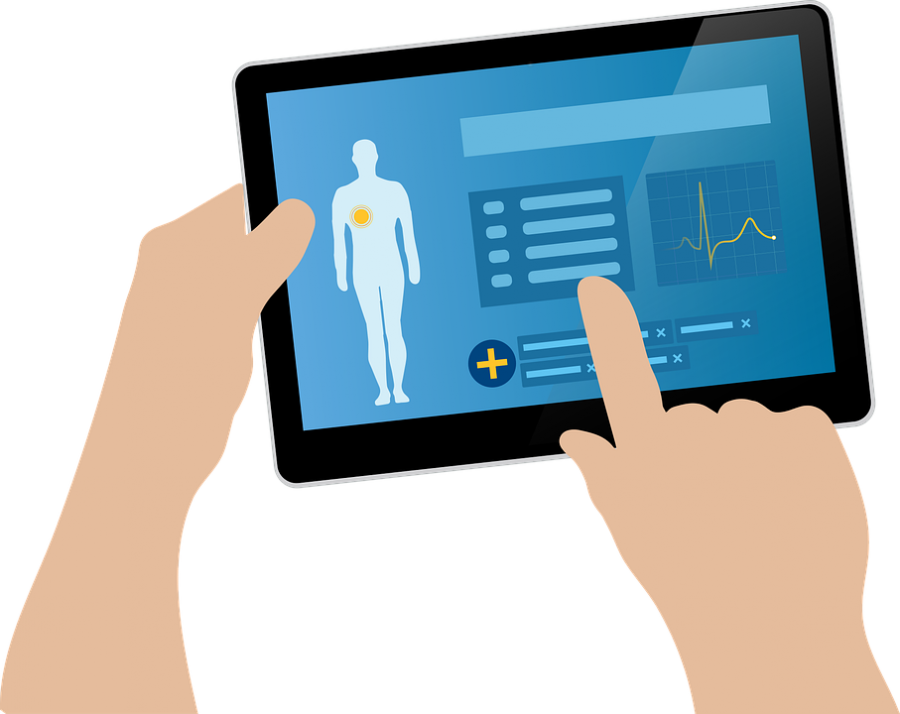Utilizing Modern Tools Facilitates Better Patient Care
Medicine and technology are as symbiotic to one another as coffee and cream. True, sometimes you have one without the other; but they tend to go together. As technology advances, this changes the way healthcare businesses operate. As healthcare needs become specific, this drives medical advances.
For example, consider quantum computing. Expanded computational ability and miniaturization combine together to facilitate better healthcare options in terms of surgery, data collection, pharmaceutical design, and the list goes on. Here’s a very interesting article on the implications of quantum computing in regard to healthcare services.
What you’ll notice in the article is that it isn’t simply direct healthcare applications in the operating theater that benefit from technological enhancement. It’s also data management. Because healthcare is so intrinsic to modern society, a lot of data is generated; and good healthcare expands population, meaning more data will be generated going forward.
Accordingly, tech like Software as a Service (SaaS) and other upgraded technology tools become not just upgrades, but integral components of fluid operational functionality going forward. In this brief writing, we’ll explore this subject in a little more detail.
Health Patterns Can Be Invisible Without Patient History Data
Sometimes the only way to efficiently treat someone is to identify a hidden trend which only reveals itself collaterally through the data. Prior to modern computational tech like cloud computing or quantum computing, physical charts on specific patients would be used to give a physician the history of that individual—you can explore that here.
The amount of information that can be examined, stored, and managed on a chart is generally going to be less than that which can be stored, examined, and utilized on a computer. That said, even physical charts can show where medication X and Y result, lifestyle or injury A had B impact, etc.
When that sort of thing can be examined in real time against other patients and trends, the practicing physician handling the patient can get a more robust set of information from which to determine how best to treat a given individual.
Problem medications can be avoided, useless treatments can be avoided, and more cost-effective treatments matching patient needs can be put into action. Healthy homeostasis can be more efficiently reached in a more cost-effective way more quickly with proper data utility through modern cloud-based technology that helps reveal hidden patterns.
Data Analysis Software: More “Green” And Efficient Than Paper
This has already been briefly explored, but it bears closer examination. Modern tech decentralizes data through cloud computing and the Internet of Things (abbreviated IoT). So instead of a big hospital like the Mayo clinic using hundreds or thousands of charts for their numerous patients, medical staff can simply use one of a hundred digital tablets.
These hand-held touchscreen computers can be stored in an IT room and, utilizing cloud-based networks, become totally interchangeable. With software like Revenue XL, diverse medical operations and departments can explore software options specifically designed for families of medicine—like that practiced at an OB/GYN clinic, for example.
No longer are file rooms with voluminous archives necessary. For many medical institutions, digital solutions end up being cheaper than paper in the long-run in terms of materials and space. Printers, pens, filing, and retrieval of data can all be eliminated with a tablet that signs onto a decentralized network with the tap of a finger.
Also, data can automatically be updated in real-time, and multiple doctors can provide care for the same patient without any “static” between practitioners. A chart could be lost or misread easier prior this technological shift in data management. In a cumulative way, this iterative and innovative shift provides many cost-effective positive benefits.
Projections, Storage, And Analysis More Securely Through SaaS
IoT and cloud computing have made something else possible that was never really tangible in a cost-effective way before. Big Data refers to massive data sets being examined, weighed, and interpreted in real time. Supply chains use such information to optimize convoy management.
With SaaS options incorporating Big Data, analyses of multiple data sets from across the world can be clandestinely explored in real-time, facilitating projections of future health issues, prospective treatments, and possible causes of unknown ailments which are now visible through increased data availability.
All this can be done in compliance, when properly managed. As yet the full potential of such data utility has yet to be realized, but it represents an increasingly valuable aspect of medical care, and will likely come to dominate global healthcare in the coming years.
Modern Tech Tools Optimize Patient History Data Management
Modern tech tools aren’t just important in the operation theater. In terms of medical trend projection, storage of information, data analyses, and more “green” operations, upgrading on-site tech represents a valuable move for healthcare operations both large and small. When properly done, patient histories can be more efficiently leveraged toward effective treatments.
Health patterns and patient history data are optimized, and better healthcare provided. It’s definitely worthwhile to explore what tech innovations characterize healthcare today, and see if any of those solutions would fit your present healthcare business.
